“Documentary photography remains important today but fifty years ago it was absolutely vital and Chas Gerresten provides visual evidence of what took place: everyday life, the demonstrations, civil unrest and the coup d’état of September 11.”
Salvador Allende won the presidency of Chile in 1970 and, as leader of a left-wing coalition, declared what needed to be done: “We are moving towards socialism, not from an academic love for a doctrinaire system, but encouraged by the strength of our people, who know that it is an inescapable demand if we are to overcome backwardness and who feel that a socialist regime is the only way available to modern nations who want to build rationally in freedom, independence and dignity.”
Major social welfare programs got under way in the face of sustained opposition from conservative forces who, towards the end of 1972, instigated a wave of strikes designed to cripple the country.
Racial tensions within the country, between the materially deprived descendants of indigenous people and the all-white elite, were inscribed into the conflict between government supporters and opposition groups.
Right-wing groups, aided by the CIA (and the Catholic Church), set about undermining Chile’s democratically elected government. On 4 September 1973, hundreds of thousands of Allende supporters gathered outside the seat of government, The Moneda Palace, to acclaim the third anniversary of his election.
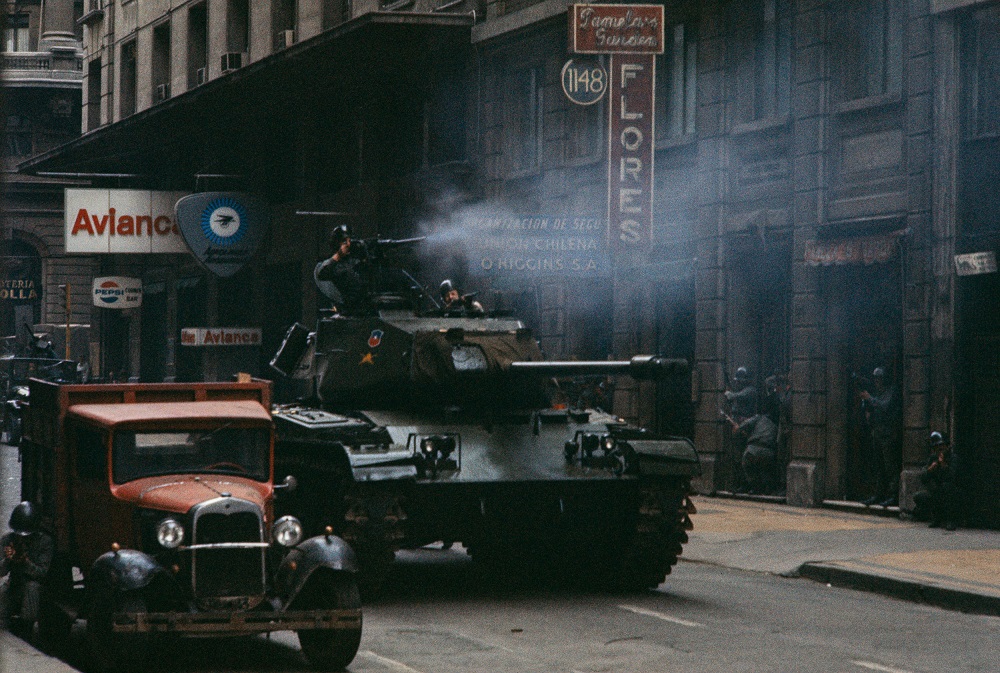 It became a short-lived celebration. One week later, the Palace was surrounded by tanks and machine-guns opened fire on the building. The government refused to surrender and the building was bombed.
It became a short-lived celebration. One week later, the Palace was surrounded by tanks and machine-guns opened fire on the building. The government refused to surrender and the building was bombed.
Allende gave a farewell radio message to the nation and explained that he would not be used for propaganda purposes by those seeking to destroy his government.
His bodyguard later reported how he “began to say goodbye to us one by one, he gave us a hug and told us ‘Thank you for everything, comrade, thank you for everything”. He walked away from them and the shot was heard as he killed himself. Had he lived, he may well have faced the torture, murder and “disappearance” inflicted on thousands of Chileans as the dictatorship of Augusto Pinochet set about eliminating all opposition to the military junta.
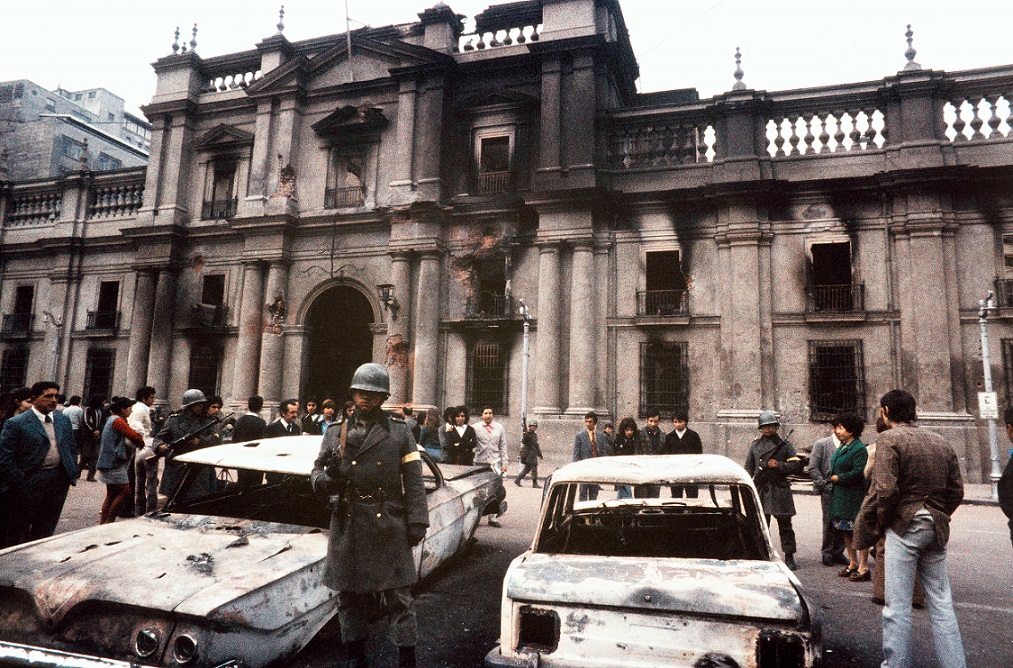 Chas Gerretsen was in Santiago throughout this tumultuous time and over 300 of his photographs are now available in book form.
Chas Gerretsen was in Santiago throughout this tumultuous time and over 300 of his photographs are now available in book form.
Documentary photography remains important today but fifty years ago it was absolutely vital and Gerresten provides visual evidence of what took place: everyday life, the demonstrations, civil unrest and the coup d’état of September 11.
In 2019, after posting one of his photos on social media, Gerresten realized how much Chileans wanted to see what had happened in 1973. Crowd-funding made possible this invaluable testimony to the violent, US-backed crushing of a democratic endeavour. Hope is lovely and Chile before 11 September 1973 was witness to a lovely time when progressive change was in the air.
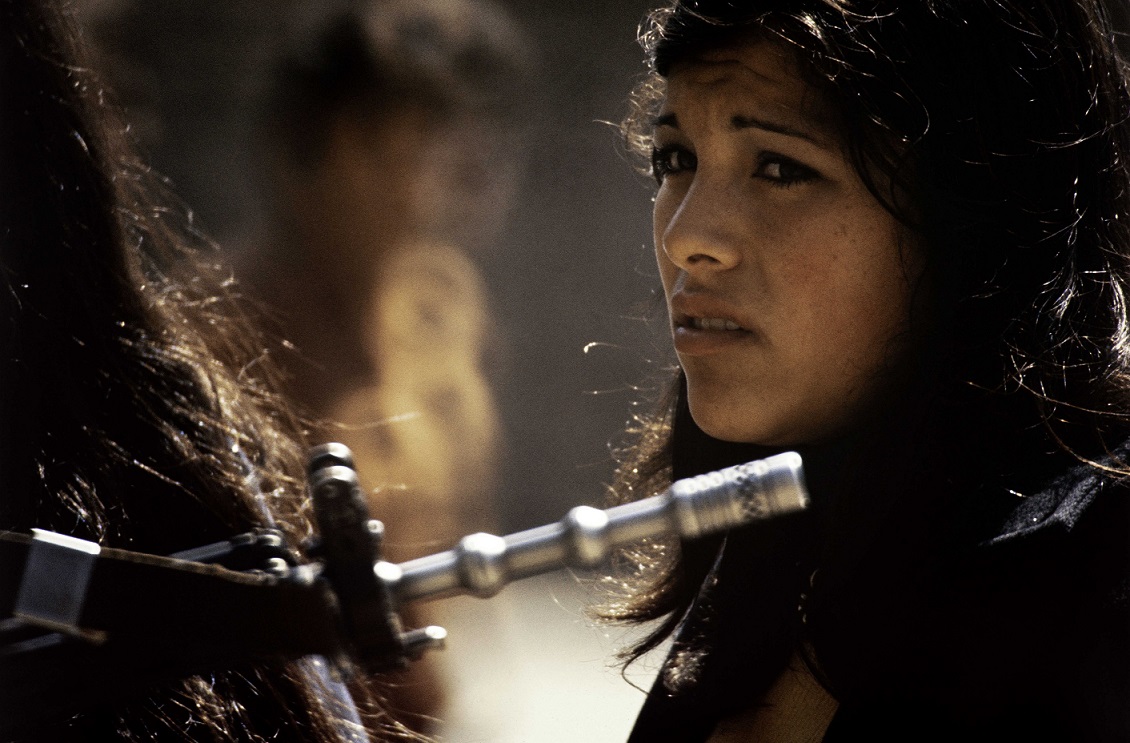 A degree of political jouissance came out of the blue in October 1998 when Pinochet, on a visit to London, was arrested and placed under house arrest, awaiting extradition to Spain to face trial. Britain’s Labour government released him on spurious medical grounds in March 2000.
A degree of political jouissance came out of the blue in October 1998 when Pinochet, on a visit to London, was arrested and placed under house arrest, awaiting extradition to Spain to face trial. Britain’s Labour government released him on spurious medical grounds in March 2000.
“Chile: El archivo fotográfico 1973-1974”, by Chas Gerretsen, is published by RM. (An English edition is available from Lecturis).
(Photos by Chas Gerretsen, supplied by the publisher and authorised for publication)
More photos by Chas Gerretsen:
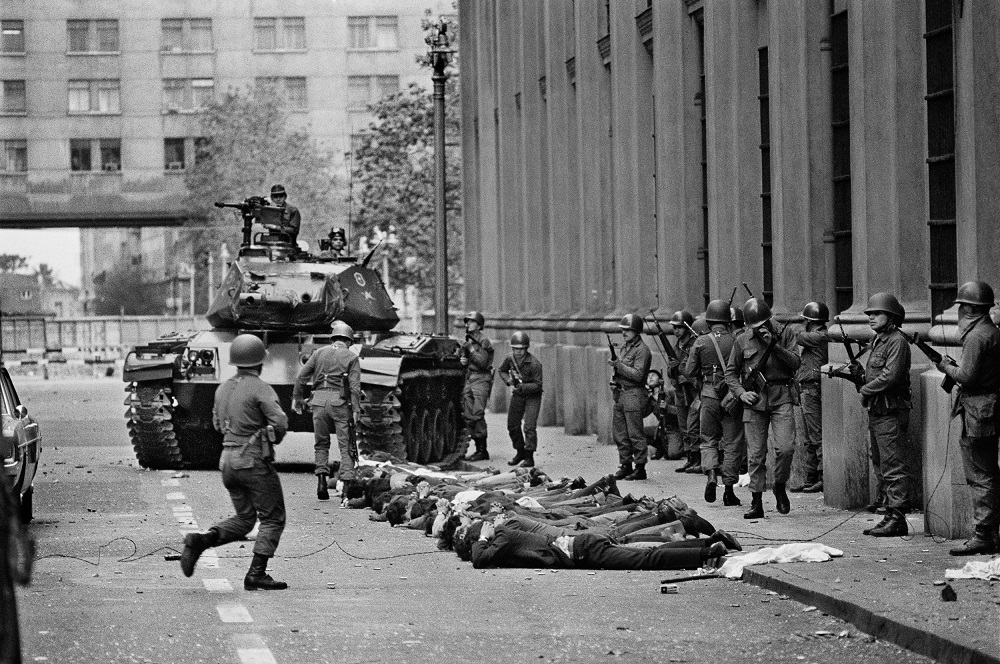
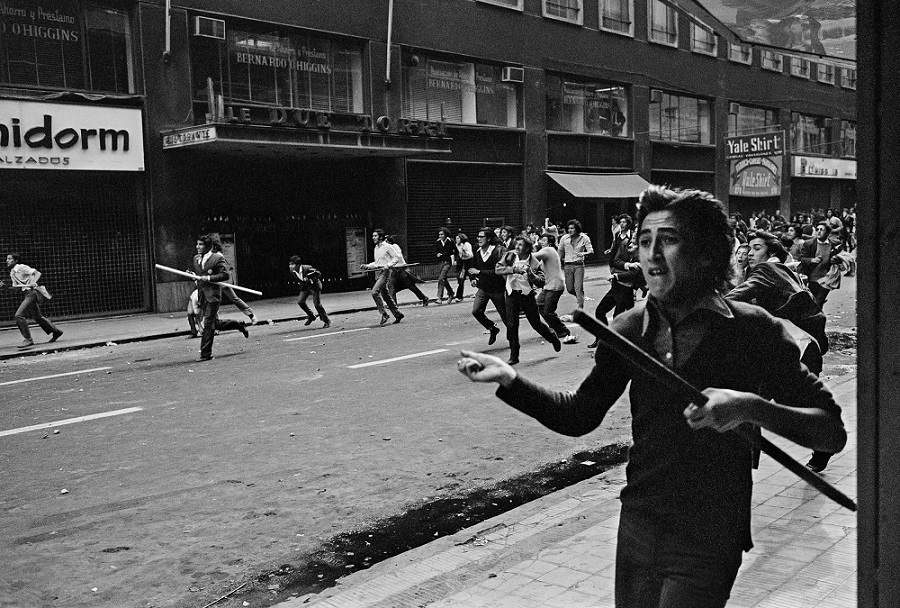
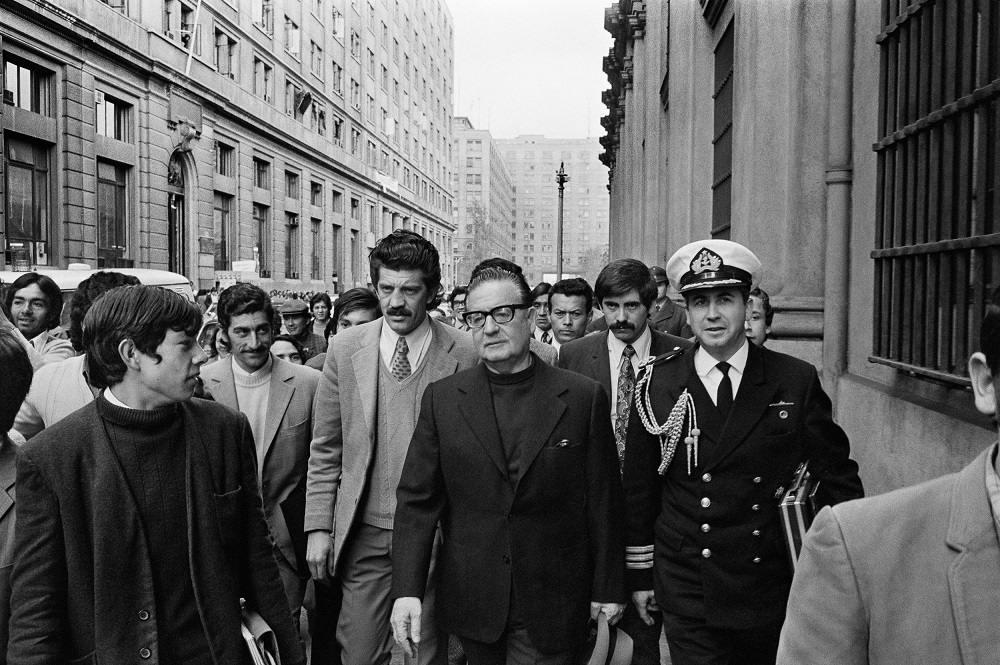
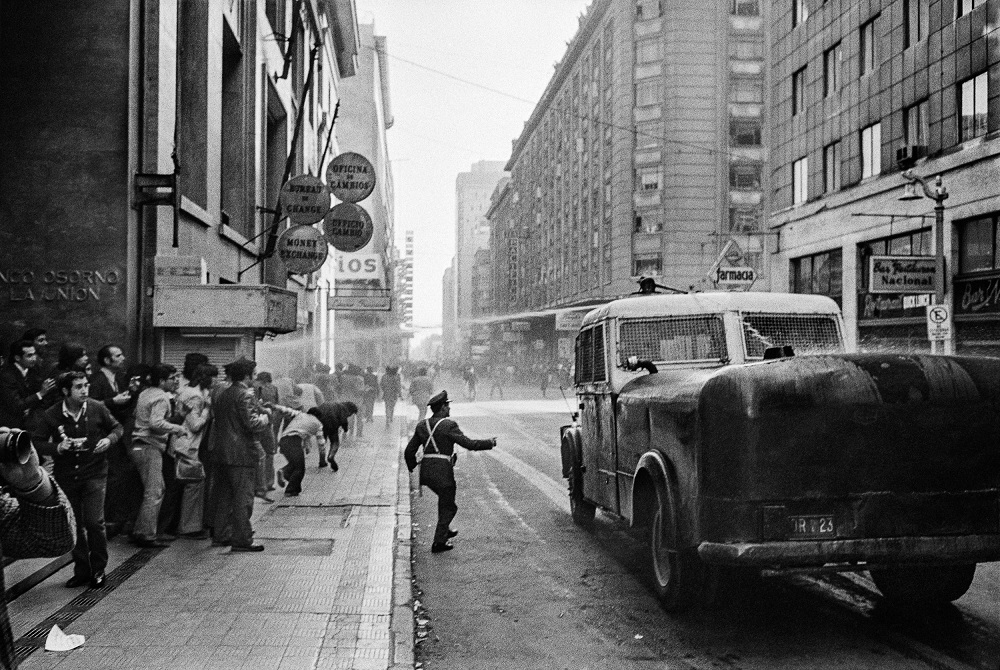
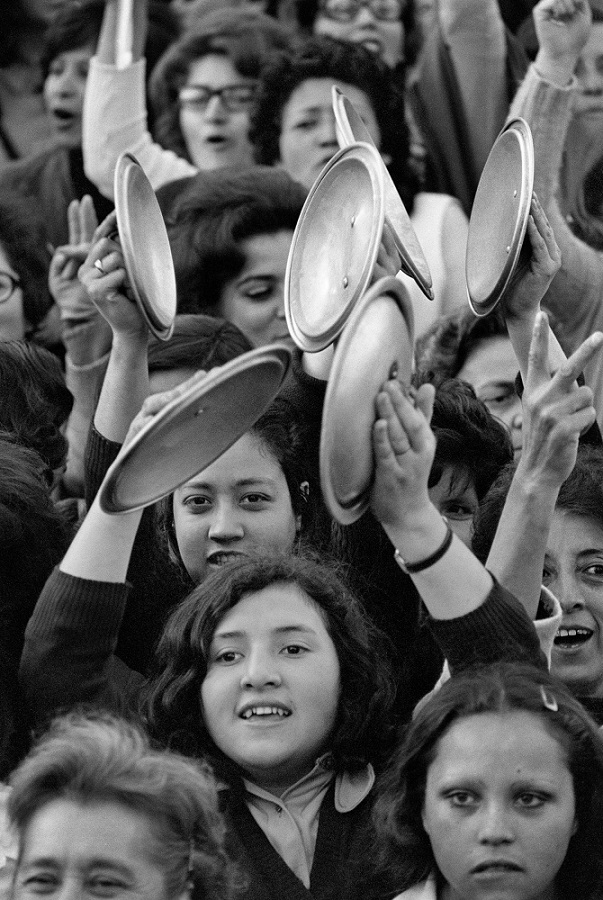
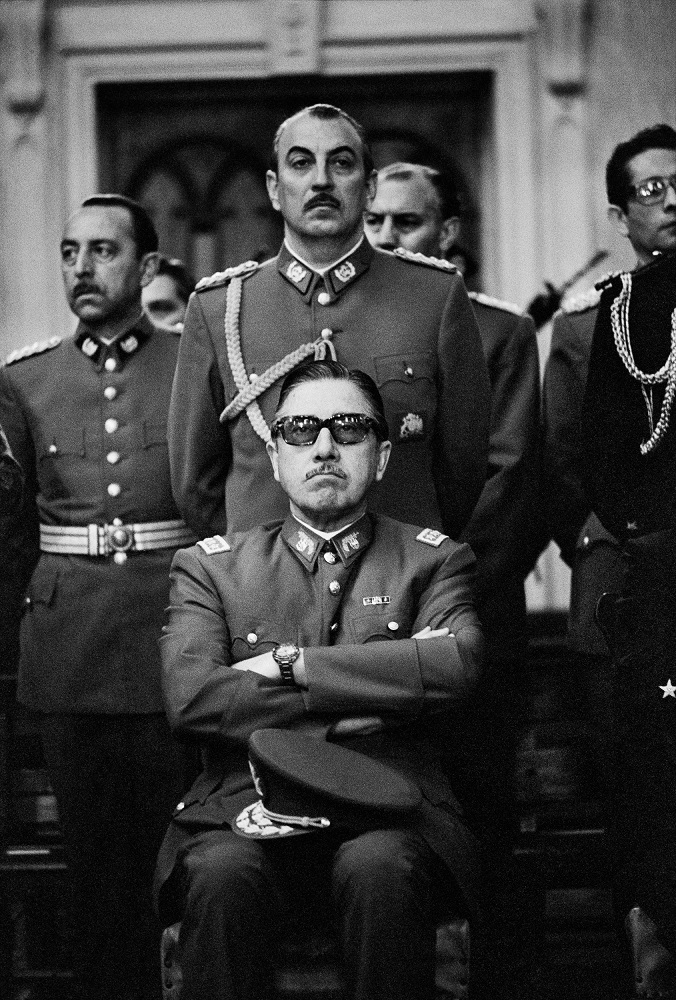
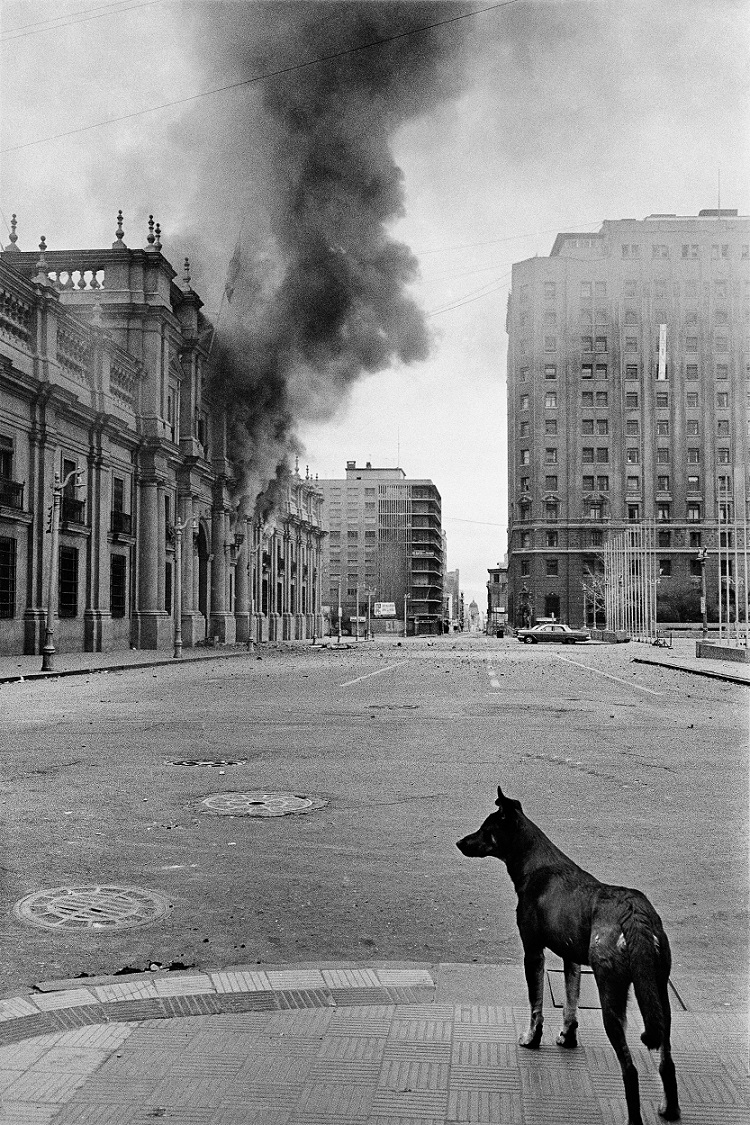
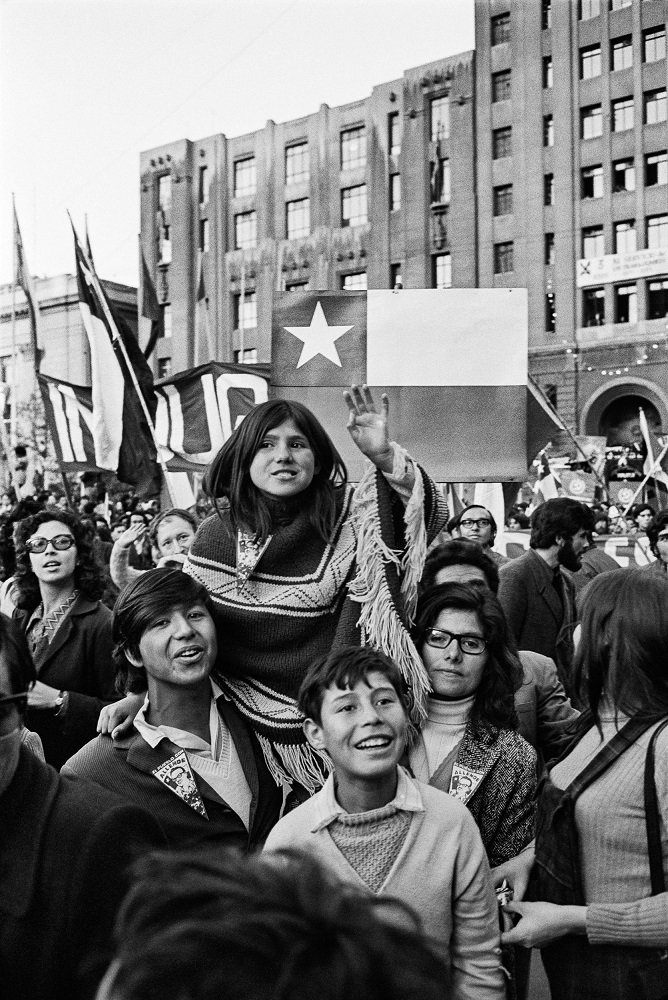

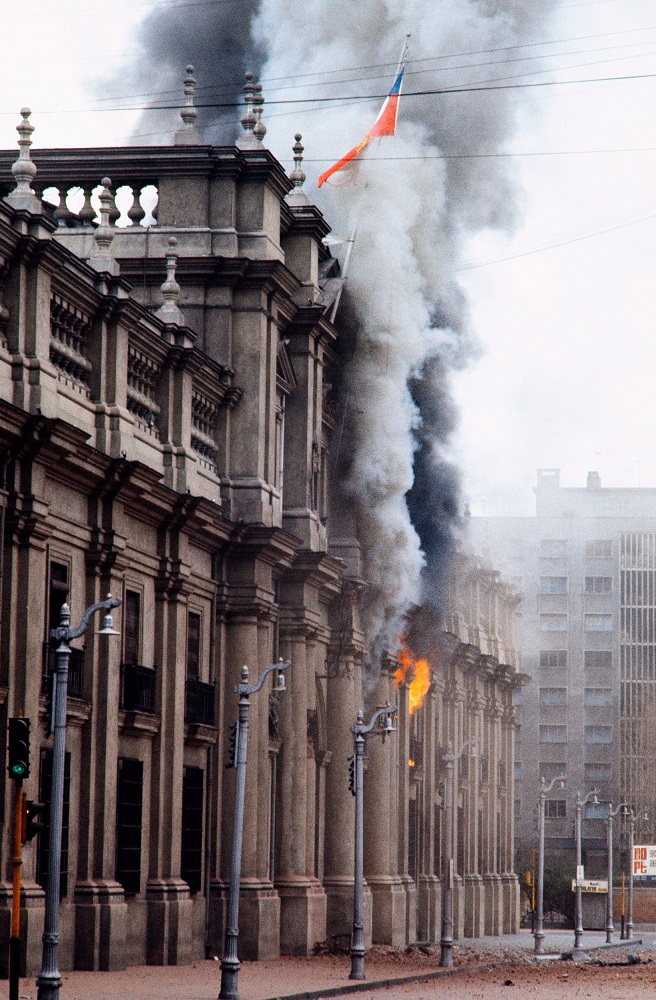











.jpg)












